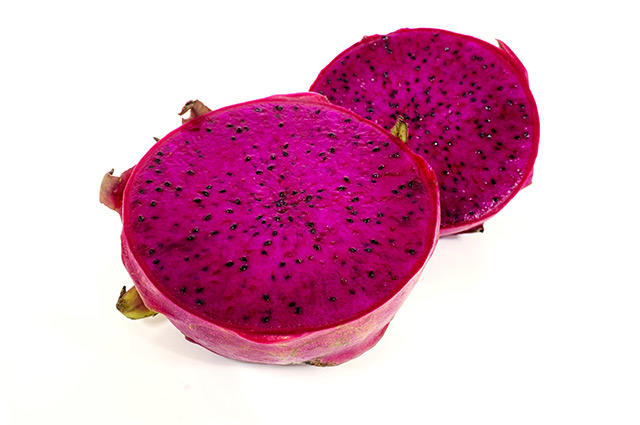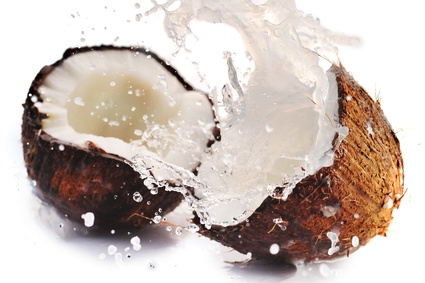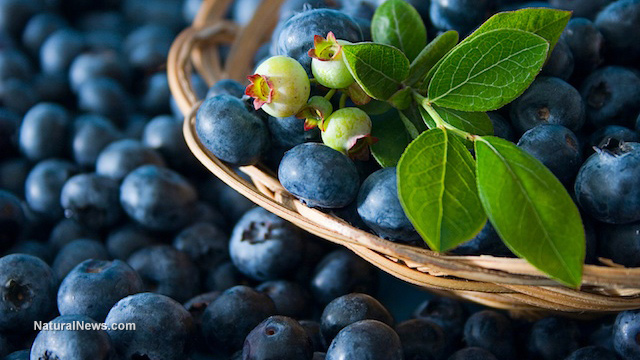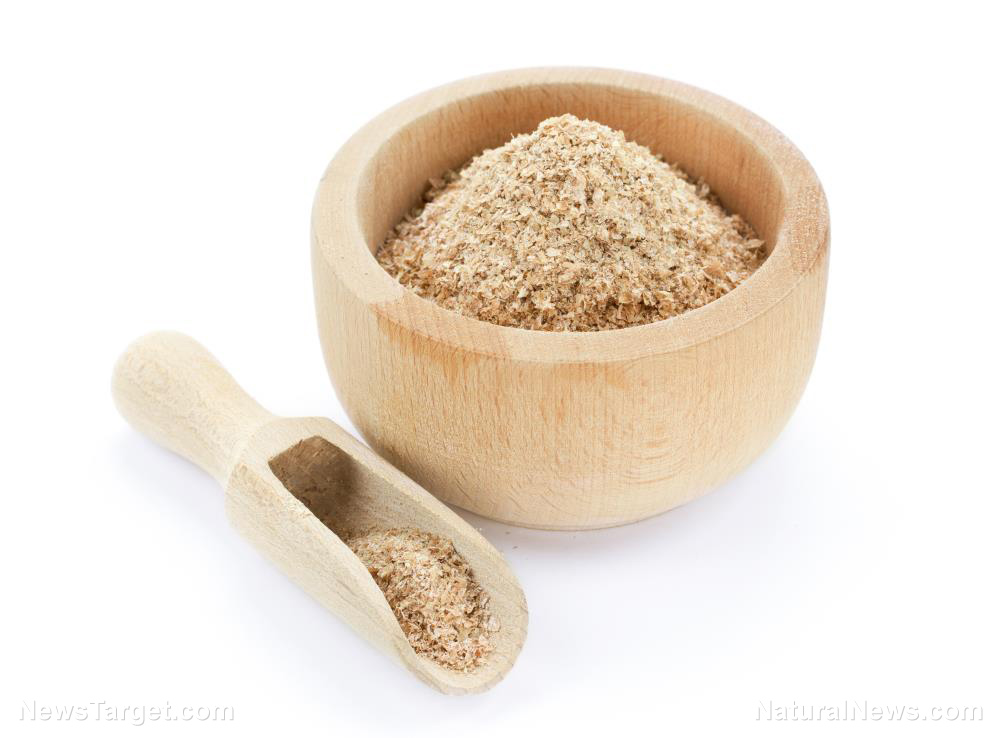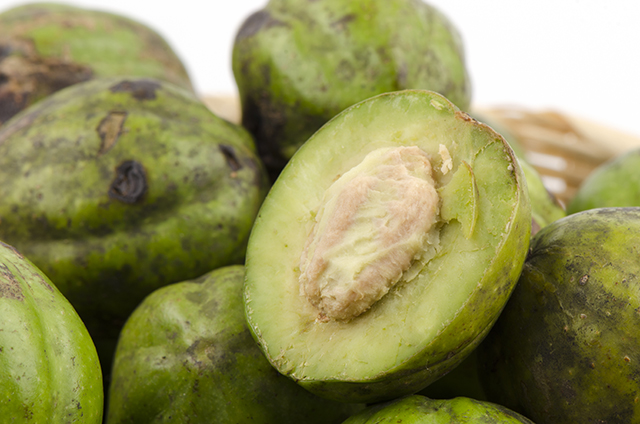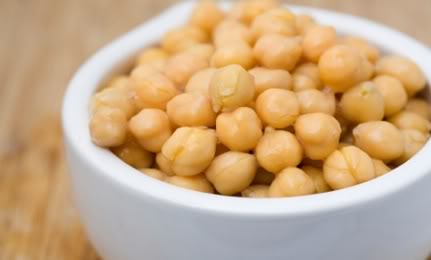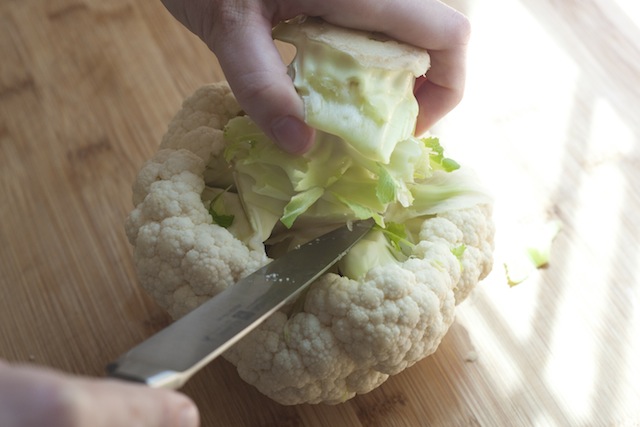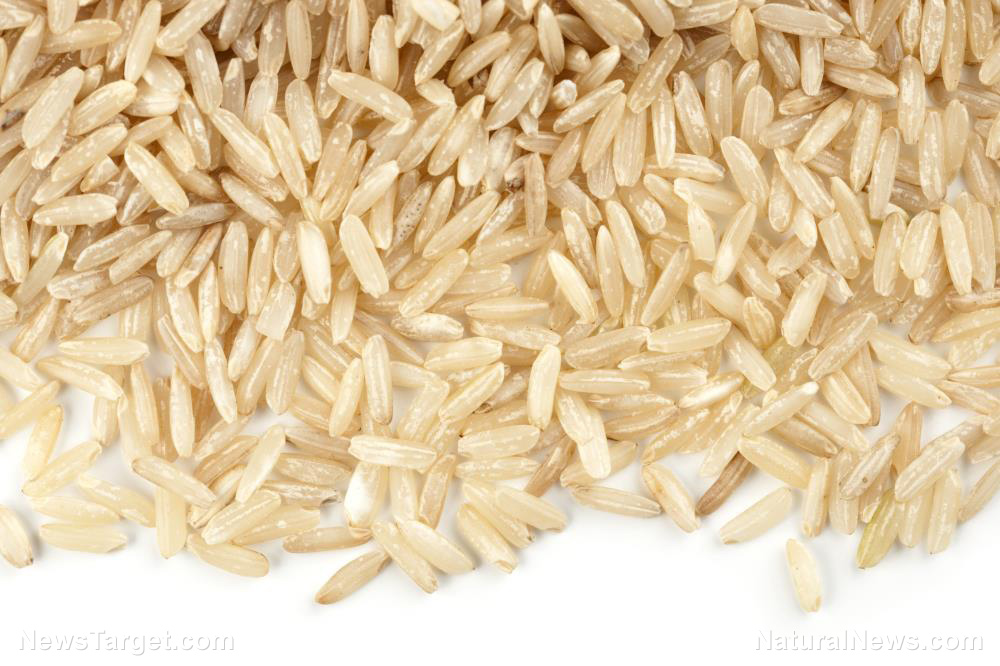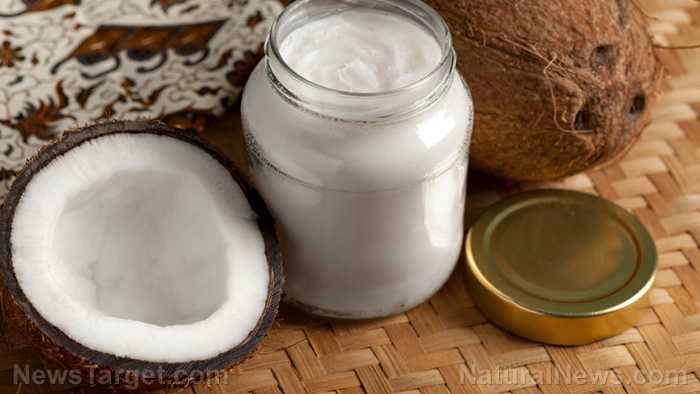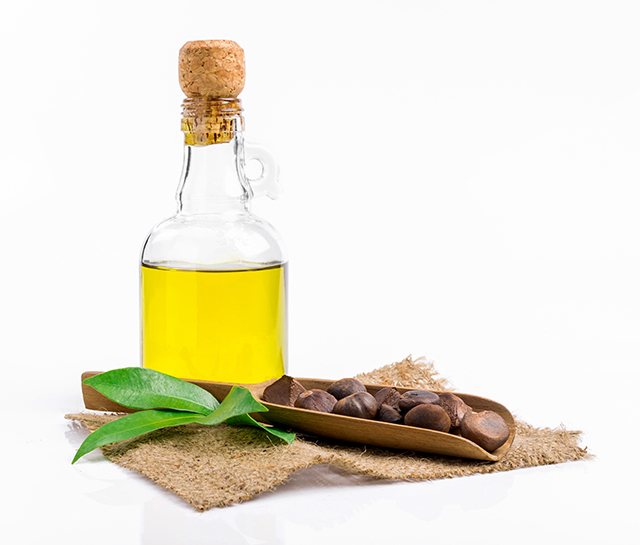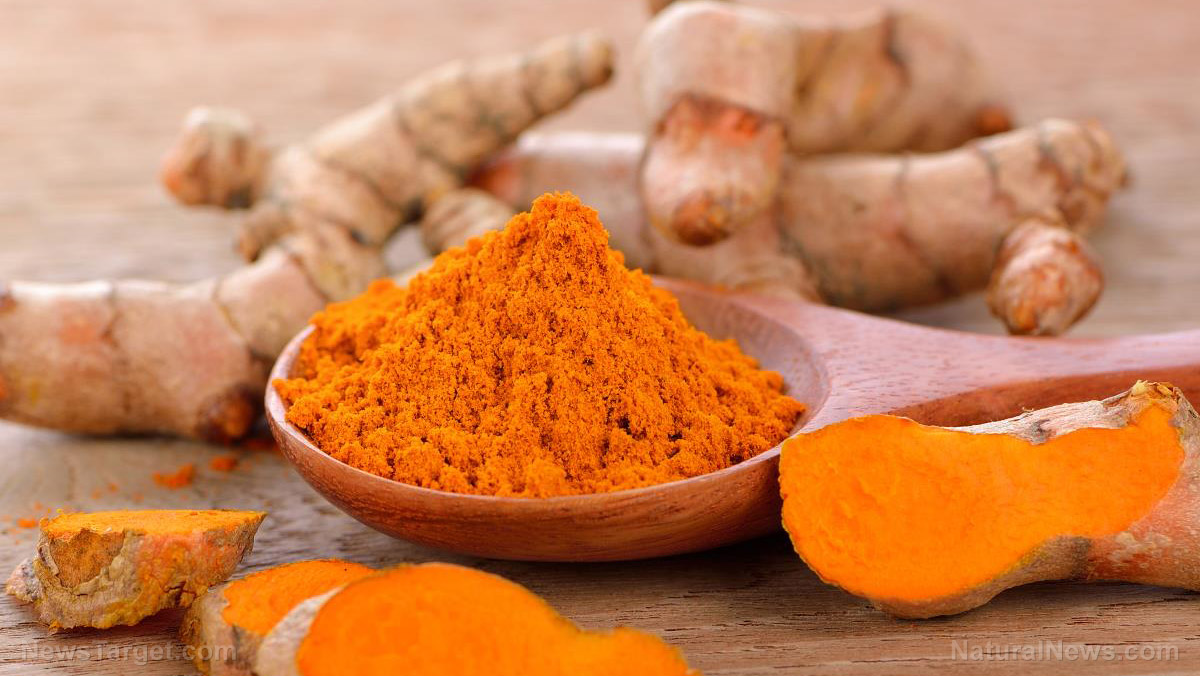Crowberries – sources, health benefits, nutrients, uses and constituents at NaturalPedia.com
08/18/2017 / By Frances Bloomfield

The crowberry (Empetrum nigrum) is a perennial flowering plant native to the Falkland Islands but widely distributed across the northern hemisphere. Though largely unknown outside of Arctic regions, crowberries are a beloved fruit in Nordic countries. There, crowberries are used in traditional home cooking and medicine. All parts of the plant can be utilized for medicinal applications, but it’s the small, brightly-colored, deep purple to black berries that can yield the most health benefits.

List of known nutrients
Crowberries contain such beneficial nutrients as:
- Antioxidants
- Copper
- Fiber
- Manganese
- Vitamin C
- Vitamin K
Crowberries are an exceptional source of vitamin C, with a single-cup serving able to deliver over 120 percent of the recommended daily intake.
The antioxidants in crowberries are known as anthocyanins which, in addition to making the crowberry nutritious, are responsible for the dark colors of the fruits.
Moreover, every serving of crowberries will be low in calories and saturated fats.
Medicinal uses for crowberries
Crowberries have been used as a natural remedy to alleviate the symptoms of all kinds of conditions, most notably:
- Acne
- Conjunctivitis
- Constipation
- Diarrhea
- Dysentery
- Fever
- Heavy Menstrual Bleeding
- High Blood Sugar
- Kidney Stones
Multiple parts of the plant can help individuals struggling with fever. While the berries serve as an astringent, the branches and leaves can help shorten the frequency of the fever.
Regular consumption of crowberries can help break down kidney stones and allow the body to expel them with little issue. Moreover, crowberries have a diuretic effect that increases urination and decreases the likelihood of kidney stone formation.
Boiling crowberry fruit, stems, and leaves in water can make for a natural dysentery remedy.
In addition to dysentery, crowberries can help prevent other gastrointestinal disorders like diarrhea and constipation. Its high water content and moderate fiber content make it so that stool is bulked up and able to pass out of the body much easier. Those already suffering from constipation can find relief in pre-soaked crowberries mixed with honey.
Applying crowberries or crowberries mixed with chick flour directly to the skin can reduce the appearance of acne.
Boiled crowberry root has been used as an eye wash to treat conjunctivitis.
Consuming crowberries frequently is believed to have a positive effect on blood sugar, regulating it and decreasing the chances of developing diseases that could result from an excess of it.
Body systems supported by crowberries
As a fruit high in vitamin C, the crowberry can contribute towards a strong and healthy immune system. Vitamin C is an antioxidant, meaning it fights against free radicals which can damage the body and make it more susceptible to certain diseases.
Its vitamin C content makes crowberries good for the skin and hair as well. Vitamin C is necessary for the formation of collagen, a protein that helps maintain the suppleness and elasticity of skin.
Ways to use crowberries
Crowberries have a slightly acidic and bitter taste that make it difficult for some people to consume these fruits raw. When cooked, crowberries can be made into schnapps or added into desserts like cheesecake and jelly.
They’re known to be a core ingredient in akutaq, a dessert more commonly known as Eskimo ice cream. Despite the name, akutaq is not like traditional ice cream and is instead made from reindeer fat, seal oil, freshly fallen snow, ground fish, and cold-climate berries such as crowberries.
For best results in cooking, pick fresh crowberries which have a firm texture, feel plump to the touch, and appear to be uniform in size. Refrigerated crowberries should last 10 to 15 days.
Where to learn more
Summary
Crowberries can support the immune system and skin. Additionally, crowberries can alleviate such health ailments as kidney stones, fever, dysentery, constipation, acne, and conjunctivitis.
Sources include:
LifeMartini.com
FoodFacts.com
StyleCraze.com
THealthBenefitsOf.com
Danish-Schnapps-Recipes.com
Tagged Under:

